Were you running a bit short on drive space, so you decided to upgrade your hard drive? Good idea. But how can you install Windows 10 on the new drive if the old one is already full with the OS and all applications?
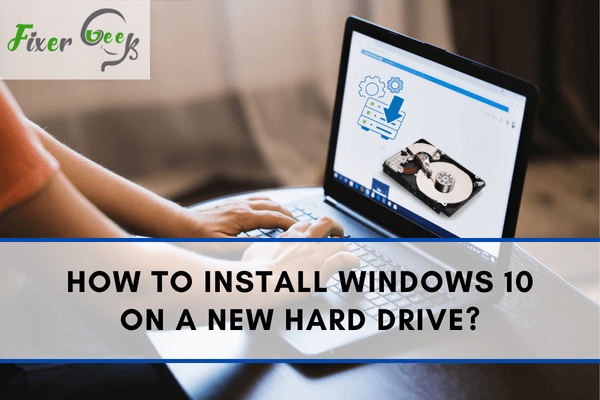
You need to install the operating system each time you change a hard drive for your computer. You can dust off the Windows 10 DVD you previously used and run it again. Although installing the newer versions of Windows has become hassle-free, there might be instances where you are challenged to boot the installation other than the CD drive.
Steps for Installing Windows 10 on a New Hard Drive
Here is the complete set of steps to follow to install Windows 10 on the new hard drive without the CD.
Step 1: Create Windows 10 Installation Media
- Using another working computer or before migrating to new hard drive, download the ‘Microsoft Media Creation Tool’ and run it. Once you operate it, a message will appear on the screen asking what you want to do. Accept the license terms and select the option that lets you create installation media for another PC.
- Click ‘Next’.
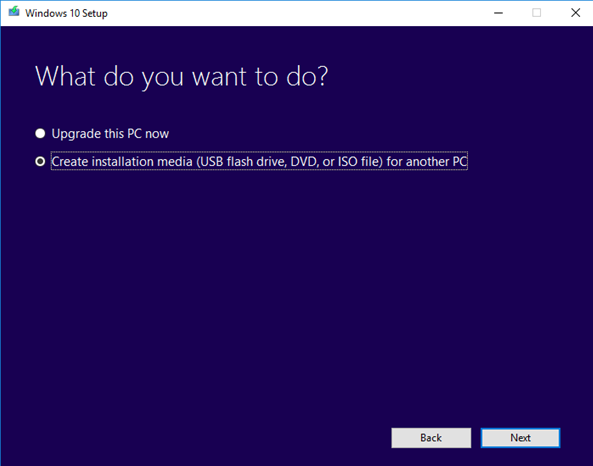
- For simplicity, accept the options recommended. Click ‘Next’ afterwards.
- In creating the Windows 10 installer file, you can choose either to install through a USB or extract from an ISO file that will be burned on a DVD later.
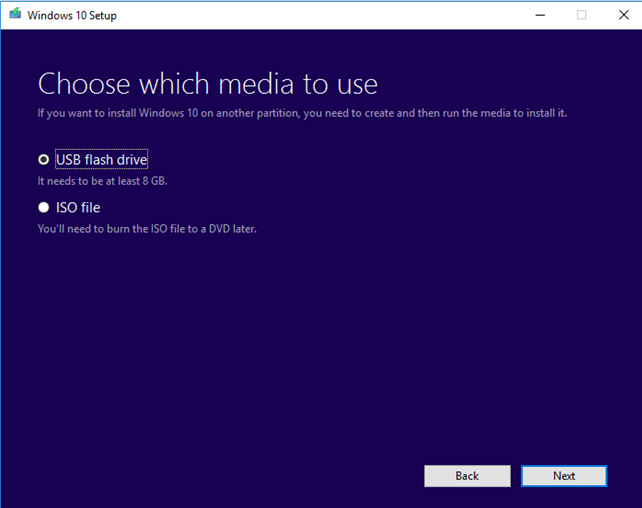
- If you select the USB drive, make sure all existing files are copied ahead since it will be formatted while creating the Windows Installation Media. If you have secured that, click ‘Next’ to proceed.
- Downloading Windows 10 to the USB drive will start along with available updates. After that, your device is ready to be booted as you will be installing Windows on a new hard drive.
Step 2: The Installation Proper
- Insert the removable device into the computer with the new hard drive.
- As the computer is turned on, the flash drive shall be booted. To be secured, enter the BIOS settings and change the boot order, making the removable device the main priority.
- After a successful boot, you will see the Windows logo and prompt you to select the appropriate language. Confirm all the things needed to be confirmed accordingly and then, click on ‘Next’.
- Click on ‘Install now’.
- You’ll be required to enter the Windows license key. If you don’t have it, you can skip the process. Later, you will just be asked again.
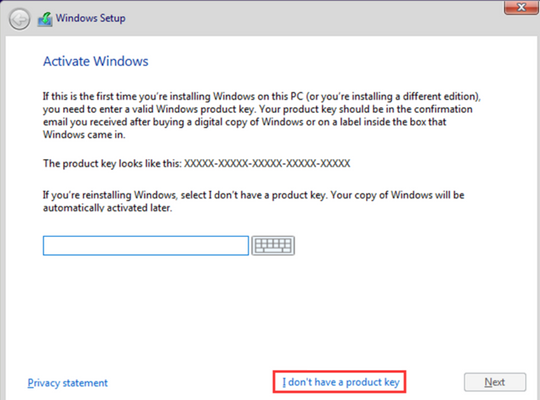
- If you entered the licensed key, click ‘Next’ to accept the terms.
- At this point, you can choose how the Windows 10 will be installed. Here are the options:
a. Upgrade = Install Windows while keeping previous files and settings intact.
b. Custom = Install Windows only; process includes reformatting.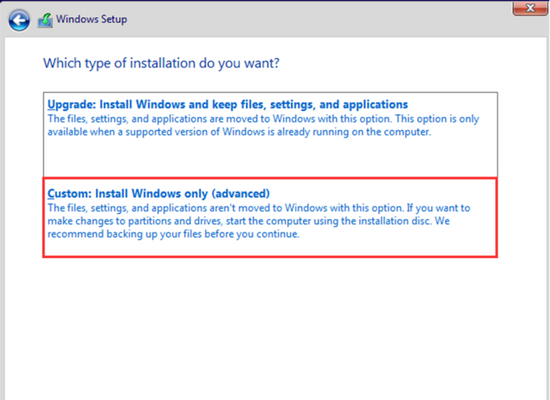
- Since you have a new drive, the ‘Custom’ option is what you need. After clicking it, on the next screen, you will be asked to choose a location where exactly Windows 10 will be installed. You will have 2 scenarios here:
a. Install Windows 10 and generating only a drive C.
b. Make partitions of the new hard drive and choose which of them is to be installed with Windows 10. The selected drive must be at least 100 Gigabytes in allotted storage.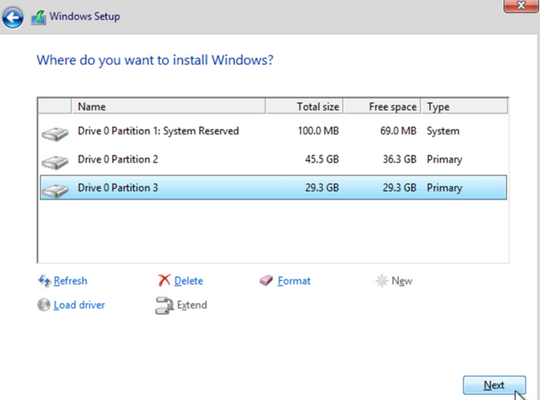
- Refer to another link if you want to partition the hard drive. After deciding which drive to install Windows 10, click ‘Next’ to start the installation. Wait for the installation to be completed and observe if there are questions that need to be answered.
Summary: Install Windows 10 on a new hard drive
- Install Windows 10 on a new hard drive.
- Open "My Computer" or "This PC".
- Right-click in the unallocated space and create a New Simple Volume.
- Tags: Windows 10, SSD, USB Drive.
Conclusion
The procedures seem quite long but it is easy. Just follow the steps and leave the rest to the automated process to ensure installation of Windows 10 on your new hard drive. Please note that after installing Windows, it doesn’t mean it will operational right away. There are still drivers to be installed.